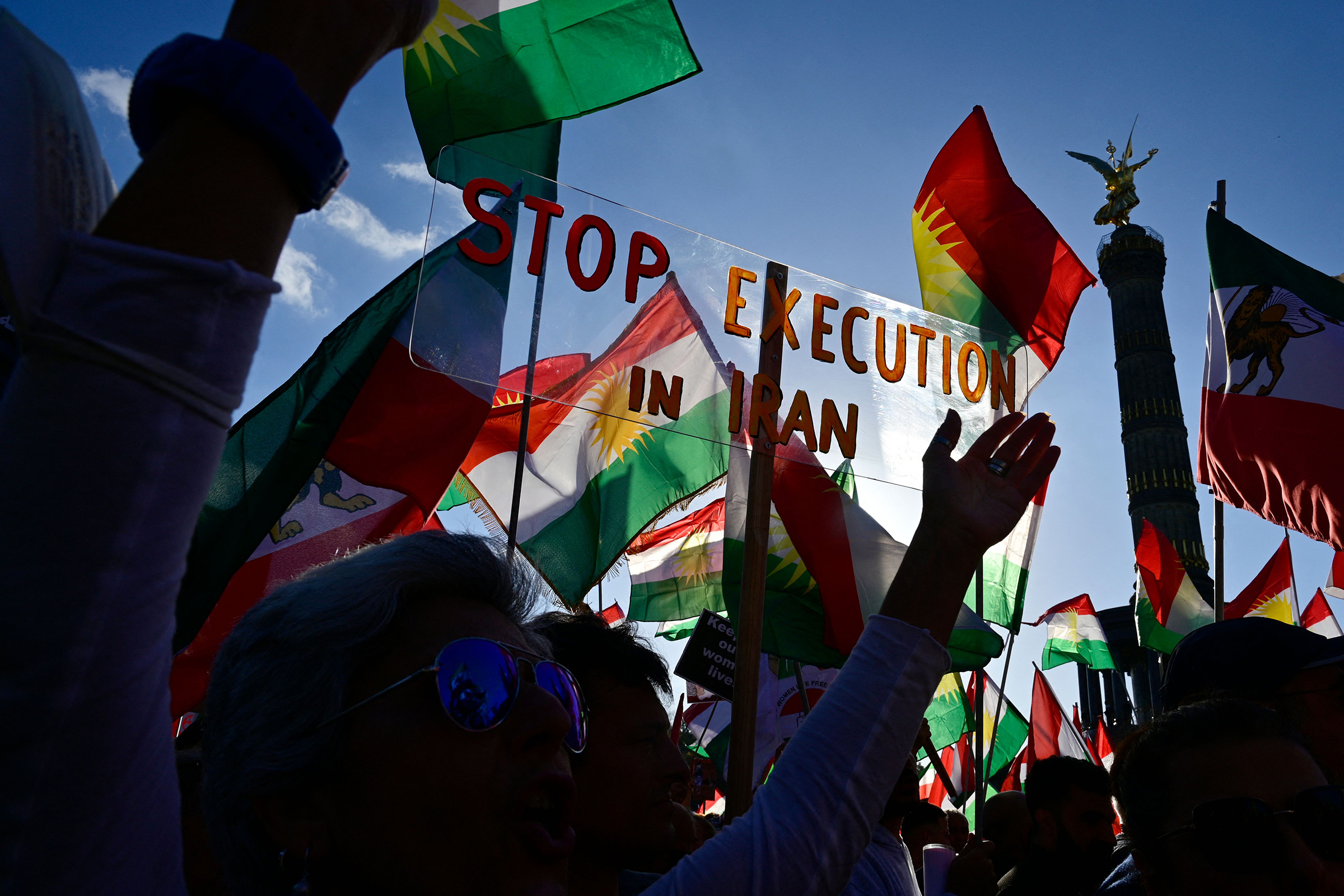
The New York-based Center for Human Rights in Iran (CHRI) has alleged that at least one girl has died in Iran after hundreds of students, the majority being girls, were subjected to poisonous attacks from toxic gas in major cities like Qom and Tehran in recent months.
Iranian authorities have denied reports that the death of 11-year-old Fatemeh Rezaei was linked to the poisonings, according to the Washington, D.C.-based Iran International news channel.
Activists have suggested that the attacks have been deliberately carried out by hardline religious groups opposed to girls’ education in an attempt to force schools to shut. They come after months-long mass protests against the clerical Iranian regime, led by Iranian women and girls, that erupted after the death of 22-year-old Mahsa Amini, who died in the custody of the morality police over “improper hijab.”
On Feb. 24, politician Jamileh Kadivar estimated that at least 400 schoolgirls had been hospitalized so far. Iranian authorities have said they will be investigating the attacks. On Wednesday, at a cabinet meeting in the capital of Tehran, Iran’s President Ebrahim Raisi instructed Interior Minister Ahmad Vahidi to find the cause of the mysterious poisoning “as quickly as possible.” He also urged the Ministries of Health and Information to provide assistance in investigating the matter.
Deputy Health Minister Younes Panahi also acknowledged that the attacks may have been intended to prevent girls from going to school at a news conference on Sunday, according to Iranian state broadcaster IRIB. “What is clear is that both in Qom and Borujerd, it is a deliberate issue,” he said, adding that a special committee has been appointed to investigate the poisonings.

He continued, “the poisoning of students of Qom was intentional and caused by available chemical compounds. Some people wanted all schools to be closed, especially girls’ schools.”
Iranian journalist and children’s rights activist Hedie Kimiaee tweeted on Feb. 27 that Rezaei had died of gas poisoning at a school in Qom and that the Iranian authorities were trying to suppress information about the case. “Even though this student had no prior illness, the authorities are trying to write a false medical report saying she had a long history of illness,” Kimiaee wrote. “Qom’s prosecutor has also warned the family not to talk to the media [and told them to] bury Fatemeh without notice.”
The first poison attack took place in Qom on Nov. 30, with 18 students from the Nour Technical School taken to hospital. Since then, more than 10 girls’ schools have been targeted in the surrounding province. Many of the poisoned have suffered respiratory problems, nausea, dizziness, and fatigue, with social media posts showing girls hospitalized. As a precautionary measure, some fearful parents are pulling their children out of school, according to local reports.
The attacks have also sparked further protests. According to a BBC report, in one viral video, a father is seen shouting outside the Qom governor’s office, “You are obliged to ensure my children’s safety! I have two daughters and all I can do is not let them go to school.” In another video, worried and angry parents are seen demanding action in front of Yarjani Primary School in Narmak.
More Must-Reads From TIME
- The 100 Most Influential People of 2024
- Coco Gauff Is Playing for Herself Now
- Scenes From Pro-Palestinian Encampments Across U.S. Universities
- 6 Compliments That Land Every Time
- If You're Dating Right Now , You're Brave: Column
- The AI That Could Heal a Divided Internet
- Fallout Is a Brilliant Model for the Future of Video Game Adaptations
- Want Weekly Recs on What to Watch, Read, and More? Sign Up for Worth Your Time
Write to Astha Rajvanshi at astha.rajvanshi@time.com